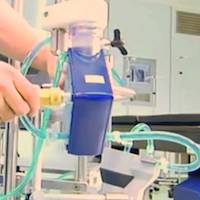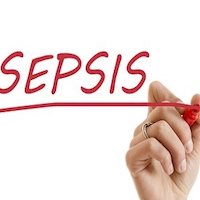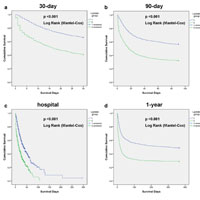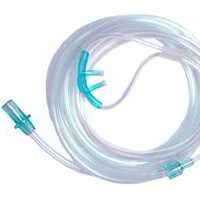Tag: treatment

Handbook on the Neuropsychology of Traumatic Brain Injury
This book collects and synthesizes the latest thinking on the condition in its variety of cognitive and behavioral presentations, matched by a variety of clinical responses. Acknowledging the continuum of injury and the multi-stage... read more

Regeneration of Severely Damaged Lungs Using an Interventional Cross-circulation Platform
The number of available donor organs limits lung transplantation, the only lifesaving therapy for the increasing population of patients with end-stage lung disease. A prevalent etiology of injury that renders lungs unacceptable... read more

How can we make ICU rehabilitation easier for patients and relatives?
Zoe van Willigen is a Physiotherapist in Critical Care at University Hospital Southampton NHS Foundation Trust. Her study aims to explore patients' and relatives' experiences of ICU rehabilitation (being mobilised out of... read more

Sedation Practice in ECMO-Treated Patients with ARDS
Our objective was to characterize sedation management in adult patients with severe respiratory distress syndrome (ARDS) treated with venovenous extracorporeal membrane oxygenation (VV-ECMO). We conducted a retrospective... read more

Metabolic Acidosis: A Guide to Clinical Assessment and Management
This timely volume provides an overview to the causes, effects on systems and clinical approaches of metabolic acidosis. Beginning with a basic understanding of the physiology, pathophysiology and development of this disease,... read more

Deep Medicine: How Artificial Intelligence Can Make Healthcare Human Again
Medicine has become inhuman, to disastrous effect. The doctor-patient relationship--the heart of medicine--is broken: doctors are too distracted and overwhelmed to truly connect with their patients, and medical errors and... read more

Reducing Emergency Department Length of Stay
An interdisciplinary team of front-line physicians, nurses, medical assistants, and executives assembled and used value stream mapping to assess the entire ED care process, from patient arrival to admission or discharge.... read more

Immunotherapy Effects on Sepsis
A randomised controlled multicentre trial assessed for the first time the safety and pharmacokinetics of an antiprogrammed cell death-ligand 1 (anti–PD-L1) immune checkpoint inhibitor (BMS-936559; Bristol-Myers Squibb,... read more

Lactate-Guided Resuscitation Only Encourages Over-Resuscitation and Downstream Harms
The Centers for Medicare and Medicaid Services and the Surviving Sepsis Campaign both rushed to offer guidance on the appropriate management strategies for patients presenting with septic shock. In both cases, a lactate-guided... read more

Prognostic Accuracy of the Serum Lactate Level, the SOFA Score and the qSOFA Score for Mortality Among Adults with Sepsis
Sepsis is a common critical condition caused by the body’s overwhelming response to certain infective agents. Many biomarkers, including the serum lactate level, have been used for sepsis diagnosis and guiding treatment.... read more

High-flow Oxygen Through Nasal Cannula in Acute Hypoxemic Respiratory Failure
In patients with nonhypercapnic acute hypoxemic respiratory failure, treatment with high-flow oxygen, standard oxygen, or noninvasive ventilation did not result in significantly different intubation rates. There was a significant... read more

Optimizing Ceftolozane-tazobactam Dosage in Critically Ill Patients During Continuous Venovenous Hemodiafiltration
Ceftolozane-tazobactam (C/T), the combination of a new cephalosporin with a classic β-lactamase inhibitor, is currently considered the most active betalactam antibiotic against P. aeruginosa. Despite several case reports... read more

In-Hospital Cardiac Arrest
In-hospital cardiac arrest is common and associated with a high mortality rate. Despite this, in-hospital cardiac arrest has received little attention compared with other high-risk cardiovascular conditions, such as stroke,... read more

Why Most Diagnostic Procedures Aren’t Beneficial
We often assume that diagnostic procedures will help patients. A lot of training goes into learning how to do these procedures. Procedures are dramatic. We like performing them. Patients are impressed, perceiving that we... read more




